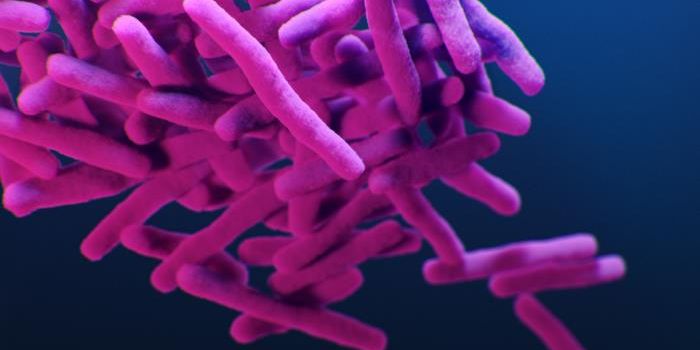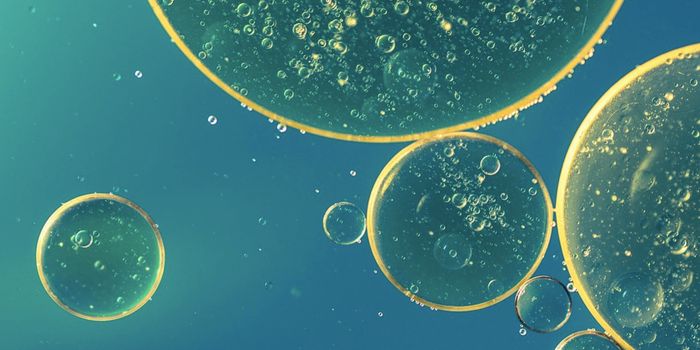DNA in the Nucleus Observed In a Surprising Formation
In diagrams and illustrations of cells, DNA is sometimes shown as a mass in the cell's nucleus, like a bowl of ramen noodles. For many years, it's been standard practice to take images of cells that grow on flat glass slides, unlike the three-dimensional environment in a living organism that cells occupy, which may have given scientists the wrong idea about how DNA really looks in the nucleus of a live cell. Researchers have now suggested that DNA takes on a particular arrangement in the nucleus that's unlike common illustrations or what is seen on glass slides or dishes.
Professor Talila Volk of the Weizmann Institute of Science and colleagues were investigating how muscle contractions could influence gene expression through physical forces. The structure of DNA is known to affect gene expression because the cell's machinery has to be able to access the portions of DNA that contain active genes.
"We couldn't explore this further because existing methods relied on imaging of chemically preserved cells, so they failed to capture what happens in the cell nuclei of an actual working muscle," said Volk. It can be very challenging to image fine details in a live animal because even when they are immobilized, their heart beats and other muscles can still move and twitch.
With a specially designed device that overcame that challenge and a live fruit fly larva model, Volk's team was able to examine the arrangement of DNA in cells, which exists as chromatin, a mixture of DNA and the proteins that keep it organized. They were able to see the organization of chromatin within the nuclei of cells of the muscle tissue in the larvae. The researchers were surprised by what they saw: DNA in the cells' nuclei was not filling up the entire space. Instead, the chromatin was arranged in a thin layer surrounding the inner walls of the nucleus. It was separate from most of the nuclear liquid, like oil and water or phase separation; they were segregated without a physical barrier.
The researchers wanted to confirm their surprising observations, which have now been reported in Science Advances. "...the findings were so unexpected, we had to make sure no error had crept in and that this organization was universal," said Dr. Dana Lorber, a research associate in the Volk lab. They collaborated with Professor Sam Safran of the Weizmann Institute of Science to build a computational model of chromatin organization, which was described in a publication in eLife.
Taking various characteristics into account, such as physical forces, the model suggested that depending on how much liquid was in the nucleus, chromatin would undergo phase separation from liquids. It also predicted chromatin would arrange itself just as it was seen in the larvae muscle cells.
This research also suggested that when cells are cultured on glass slides, the volume in them changes because they're flattened. That might be disrupting the arrangement, and causing the DNA to look like it fills the nucleus.
Additional work also showed that in human white blood cells, the chromatin takes on the same arrangement in the nucleus; it lines the inner wall. "This showed that what we'd found was likely to be a general phenomenon, and that this chromatin organization had probably been conserved throughout evolution," said study co-author Dr. Daria Amiad-Pavlov, a postdoctoral researcher in the Volk lab.
This work might have major implications for human health and disease. It may be possible that mechanical forces that act on DNA could be affecting gene expression in ways we don't yet appreciate. Physical forces may also have a major influence on development by influencing gene expression. The organization of DNA could also be altered in some disorders. More research will be needed to learn more about the many new questions posed by this work.
Sources: Weizmann Institute of Science, eLife, Science Advances








